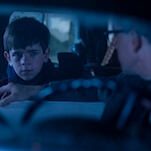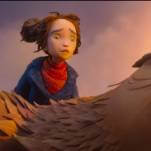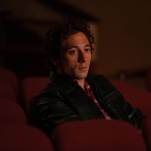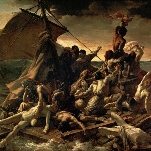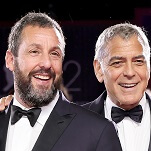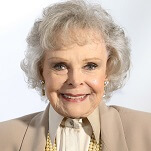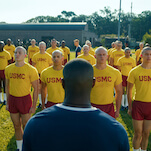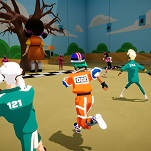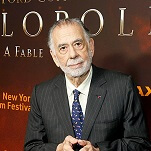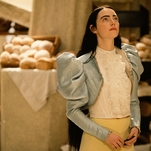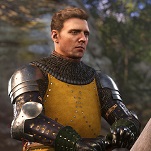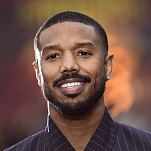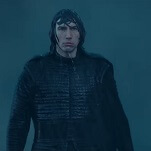YA cliché: Like Jonas and Kira, the protagonists of The Giver and Gathering Blue, respectively, Gabriel has a gift. Jonas has visions, Kira is an incredibly talented embroiderer, and Gabriel can “veer,” or enter other people’s minds to truly feel what they feel. Other than the Chosen One dynamic and the dystopian-society elements held over from the other novels in the series, Son contains few contemporary YA tropes. Instead, it largely focuses on Claire’s maternal struggle.
Bad sign: The middle third of the novel, when Claire is saved from a shipwreck by a tribe of coastal villagers cut off from the world by a towering cliff face, lags due to Claire’s amnesia, which stops her forward progression cold. As she slowly regains her memories, she enters a drawn-out training montage as she learns how to escape and continue her goal of reaching her son.
Good sign: After nearly 20 years and two books that only tangentially reference Jonas and Gabriel, Son finally closes the loop and directly links the quartet. The main thrust of the novel is the triumph of a mother searching for her son in the face of an oppressive society and near-impossible conditions, and Claire’s journey from awareness to independence to acceptance is incredibly compelling, and some of Lowry’s best work to date. Linking the first third of Son to the timeline of The Giver creates added suspense, as anyone who has read that book knows more than Claire about what happened to her child. And the final part finally completes the progression Lowry has built since The Giver, as Gabriel undergoes the same adolescent coming-of-age struggle his mother, Jonas, and Kira all went through, using their respective gifts to achieve greatness.
Young-adult appropriate? Like The Giver, Son tiptoes around the details of many harrowing aspects of The Community, from the treatment of birthmothers (and their age), to the “Release” of unsuitable children and the elderly. By not explaining the details, Lowry heightens suspense and makes The Community into a scary, cultish utopian society. There’s nothing vulgar and very little violence, though the climax of the plot deals intricately with facing the inevitability of death and the pervasiveness of evil in the world.
Old-adult appropriate? While Son doesn’t have as many shocking coming-of-age revelations as The Giver, it does begin with a 14-year-old girl enduring artificial insemination, a cesarean section, and forced separation from her child, all without any knowledge about what’s going on, due to the compartmentalized nature of The Community. But like many of Lowry’s books, Son depicts a young girl becoming aware of her harsh surroundings, overcoming emotional and physical obstacles, and becoming independent, self-aware, and able to take care of herself. The Gabriel portion of the novel weighs the value of personal desires against familial responsibility, and confronts the forces of evil incarnate, but on a level that speaks to growing children and the adults who care for them.
Could use less: Tangential content. Until it reaches the final third, where the mystical elements take over, the narrative center shifts to Gabriel, and the story takes on primal fears and desires, it’s sort of a Rosencrantz And Guildenstern Are Dead version of The Giver: compelling and enjoyable, but requiring the context of the original work to energize it.
Could use more: World-building. The middle books in the Giver Quartet make it clear that the world Lowry constructed has much more myth and mysticism than our own, instead of being a standard dystopian future along the lines of 1984 or Fahrenheit 451. To Lowry’s credit, these elements don’t ruin a well-constructed, frightening vision of a cultish society not unlike our own; instead, they make this world richer and more captivating. But as the series expands to include The Community, Jonas’ colony, the shoreline tribe, and the ship workers who deliver supplies, the logistics of the world, its geography, and each town’s awareness of other societies remain big question marks.
For fans of: The other books in the Giver Quartet, Island Of The Blue Dolphins (for the tribal middle section), and just plain good young-adult literature. This is just about the best way for Lowry to bookend a series she never intended to last beyond a single volume.

